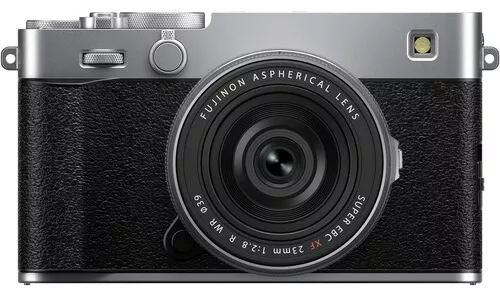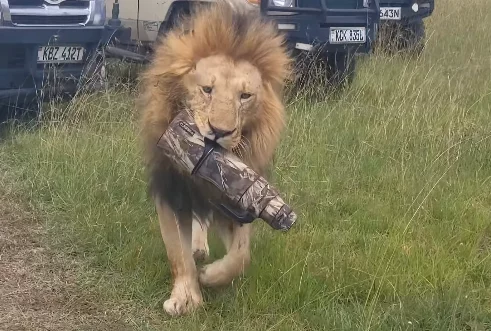Signs of a Poor Photograph Perhaps You Weren't Noticing
Forewarned is forearmed.
It's a great proverb to apply to life in general and a particularly useful one for us photographers. You see, it's very easy to take a bad picture, however, cameras can forearm us to the dangers that you are about to take a poor photograph.
Those warning signs might be contained within the camera’s complex electronics or they might be subtle audible or visual clues suggesting things might not go well. Today we are going to help you recognize the 5 early warning signs of a poor photo.
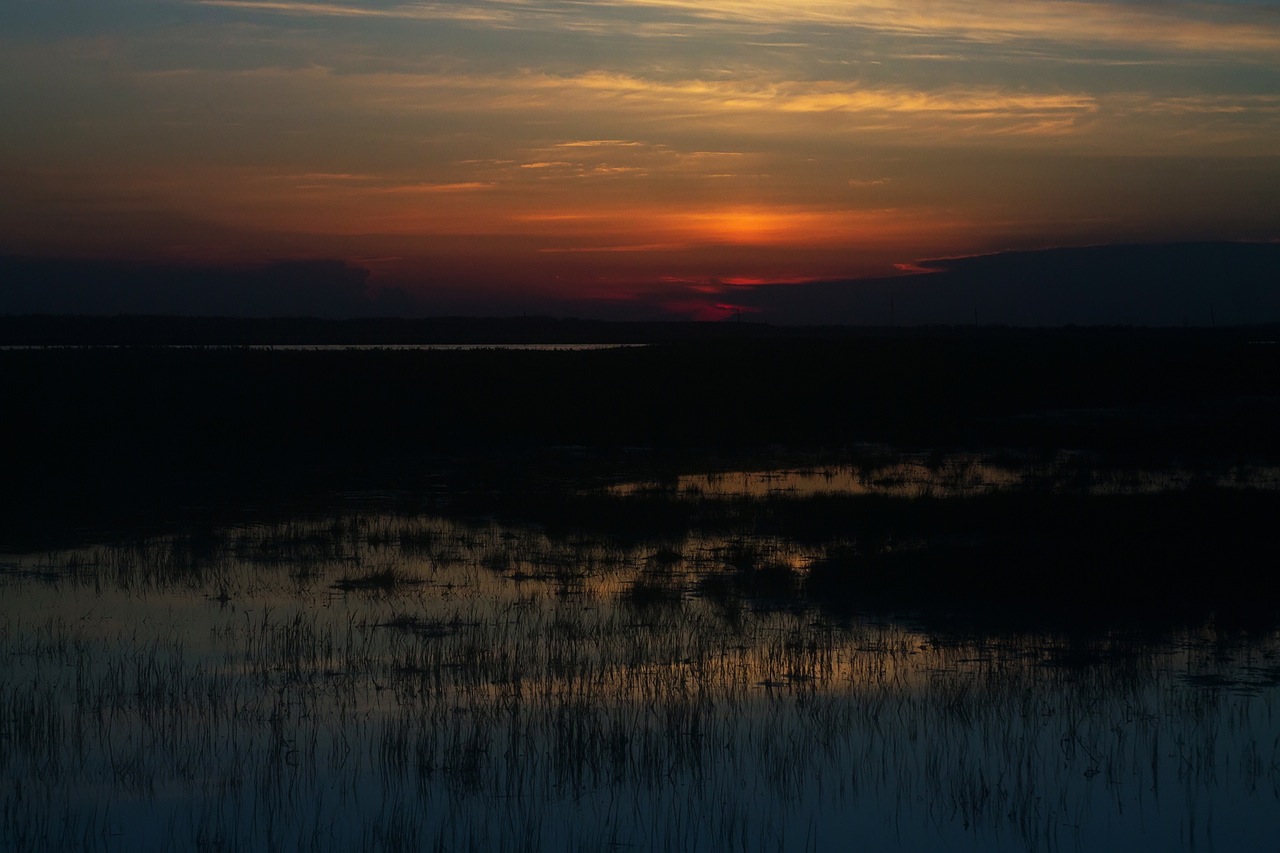
1. Shutter Speed – Not too Fast or too Slow
The wrong shutter speed, even in auto modes can lead to poor photographs. This is particularly true as the light becomes lower and shutter speed times start increasing.
As you will know, there comes a point when the shutter speed is too long for hand holding your camera and you start to get camera shake in your images, resulting in blur. One very quick way to recognize that the shutter speed is getting long is simply to listen to it.
Listen in
The more experience you have as a photographer, the more you will recognize the subtle changes in sound as the shutter is fired. This is primarily true for DSLRs where what you are hearing is the sound of the mirror lifting and returning.
However, most mirrorless systems also simulate this sound accurately. The longer that gap, the slower the shutter speed.
This is a particularly useful trick when you are shooting in Aperture Priority or Program and do not have time to visually check or “chimp” the images.

Slow shutter speeds can lead to camera shake.
2. Is the Autofocus Focus Hunting?
There are many different scenarios that can cause focus hunting, low contrast, backlight, lack of light to name just some. There are three clues that tell you your autofocus is hunting.
- The first is through the viewfinder. You will see the focus continuously going in and out of focus, hunting for the focus point.
- Secondly, you will hear the focus motors racking the lens in and out. Even the silent motors on some lenses generate sound.
- Lastly, if you are in single shot focus mode, you will not be able to fire the shutter.
If you recognize these symptoms when shooting there's a good chance you will take a poor photograph. This is because the focus may not settle on the point you wanted.
Therefore, your best option here is to move over to manual focus. If you are not comfortable yet with manual focus, put your camera’s focus system into a single point focus mode and try to lock onto to your subject that way.
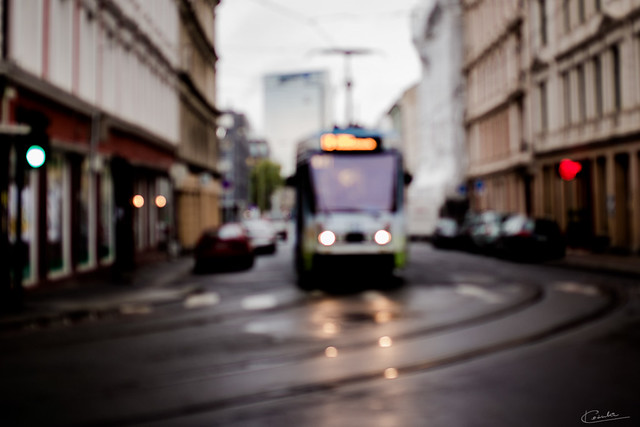
Focus hunting can be a major cause of poor photos.
3. Over/Under Exposure – Beyond the LCD Screen
There are two excellent electronic tools that our camera have for keeping an eye on exposure. Firstly the histogram, this is a graphic representation of the way light is distributed through the image and can tell us whether we are over or under exposing.
The second is the clipping highlights tool. This flashes colored blocks in areas where the image is over or under exposed. Usually, this is red for over exposed and blue for under exposed.
By keeping an eye on either the histogram or clipping tool we can avoid taking a poorly exposed image.

Blown highlights can ruin a great picture.
4. White Balance Seem Unbalanced?
The white balance can easily be fooled by different lighting conditions. White balance sensors on our camera try to mimic the way our eyes see the color of the light, matching it to what we are actually seeing.
This is not always the case, though, large blocks of single colors can throw the white balance off.
Although the LCD screen on your camera is not as highly tuned as your home monitor, it does give us a reasonable representation of when white balance is being thrown off or if we are not achieving the white balance we require to avoid a poor photo.
If we can spot the problem using the LCD we can make white balance changed using one of the preset modes or by setting our own manual white balance.
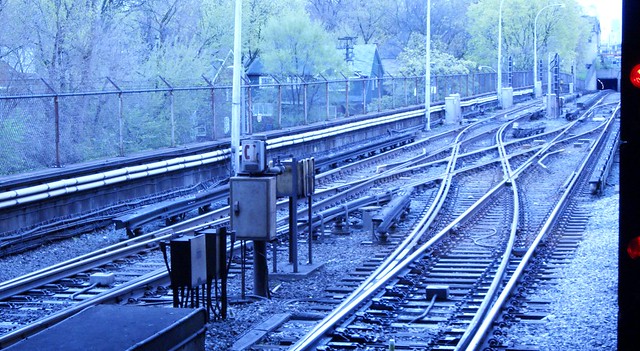
White balance can easily be wrong.
5. Getting Your Composition Spot On
Lastly, we come to composition.
Composition can make or break a photo. With the best light in the world and the perfect scene in front of you, it is still possible to make a bad photo. This may seem impossible, but I assure you, it's not.
The more experience we have shooting, the more we should be able to recognize if a composition is going to be good or poor.
Before the camera is even raised to your eye, scan the scene in front of you and look at it in detail. Ask yourself a few important questions:
Is there a shot to be made? Can my camera deal with the lighting conditions?
If you cannot find the right composition, walk away rather than take a poor photo, change your angle and revisit, or indeed drop it altogether. The time you save can be spent on a more suitable location.
Summary
Recognizing the signs of a poor photograph before we take it, is a skill that comes with experience. The irony is you will have to take plenty of poor photos to recognize all of the issues that make them poor.
However, using the tips above will help you recognize the key signs that something is going wrong. This way you'll have an advantage when deciding in the future how to resolve issues you'll come across.
Signs of a Poor Photograph – Top Takeaways
- Think before you just lift the camera to your eye and start clicking the shutter button. What are you trying to achieve, where's your point of focus? Do you have these answers, even?
- Assess the available light and how you think your camera will interpret this. It could really save some frustration if you simply recognize whether or not you need a tripod.
Further Resources
- How to Choose a Location That’s Right for Your Photography by Dzvonko Petrovski
- These 6 Essential Composition Skills Can Turn You Into a Really Good Photographer by Karlo de Leon
- The Exposure Triangle and How it Affects Your Photos by Lightstalking
Further Learning
Did you ever consider formally learning the basics of using your DSLR, with all the tips from the pros?
Well, here's your opportunity to “Learn the Basics Every Pro Photographer Uses”

